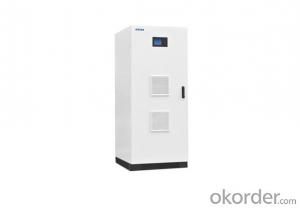DC Power Distribution Cabinet Intelligent Monitoring Unit And LCD Display
- Loading Port:
- Guangzhou
- Payment Terms:
- TT OR LC
- Min Order Qty:
- 10 unit
- Supply Capability:
- 10000 unit/month
OKorder Service Pledge
OKorder Financial Service
You Might Also Like
Product features
The external auxiliary power source is compatible with the output voltage of solar inverter
Good performance for heat dissipation and overload capability
Optional anti-feedback diode is available
The cabinet is available in Universal type or Kstar-dedicated one
Kstar-dedicated DC power distribution cabinet requires no auxiliary power to adjust the speed of fans. They are controlled by the solar inverter itself
Intelligent monitoring unit and LCD display. The monitoring function is better, and more convenient
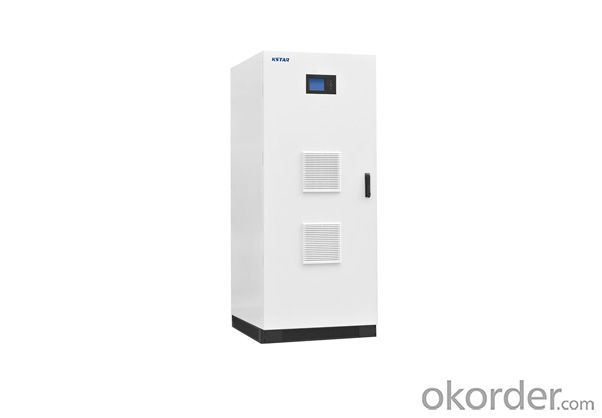
Product Parameter
SOLAR ENERGY DEEP CIRCULATION SERIES
2V: 200~2000Ah;
12V: 38~200Ah
Q 1. what's the payment term?
A. We accept TT,30% deposit and 70% balance agaisnt copy of BL
Q 2. how's the delivery time ?
A. usually it will take about 25 days for production
Q 3. tell me the standard of package?
A. For the small capacity, it use carton, but for big capacity, we will use strong wooden case for protection.
Q 4. what kind of material of transformer?
A. we have two types, one 100% copper and the other is copper with aluminum.It depends on your requirment. In fact,those two have no difference if normal work well. Only except the longlife. Copper is better and also higer price.
Q 5.Could you offer Form A or C/O ?
A. It totally not a problem. We can prepare relative documents to forgin affairs office or other office to apply for this certificate.
Q 6.Would you accept to use our logo ?
A.If you have good quantity,it absolute no problem to do OEM.
Q 7.We want to know month capacity.
A. It depends on which model.For example for relay type small capacity , month capacity can reach near 20000pcs and big capacity near 3000pcs.
Q 8.Where is your market?
A. Our products are popular in russia, indonisia, Philippines,italy, america, pakistan and so on.Some of them are our regular customers and some of them are developing. We hope you can join us and make mutural benifit from our cooperation.
Q9. what kind of certificate you have ?
A. Our company already achieve ISO, CCC, and for products, we have CE, TUV, SAA, G58, C10/11,SONCAP, GOST, UL(pending) .

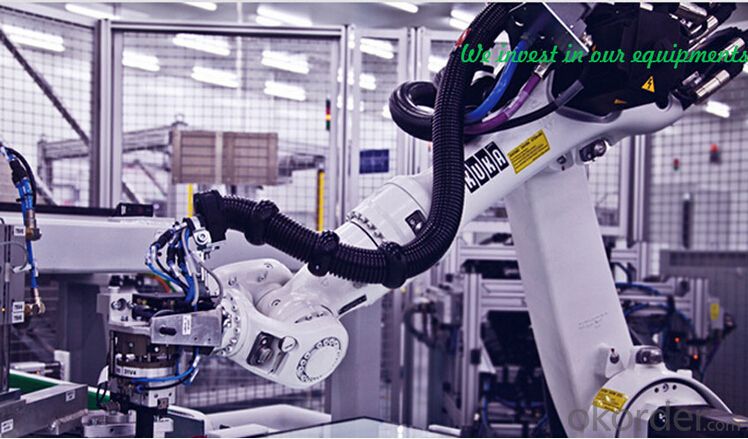
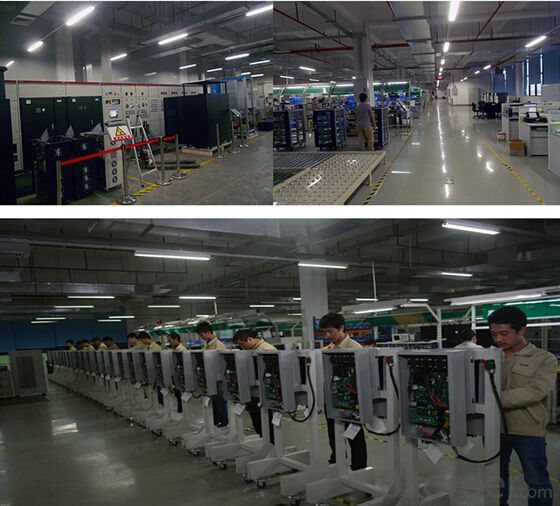
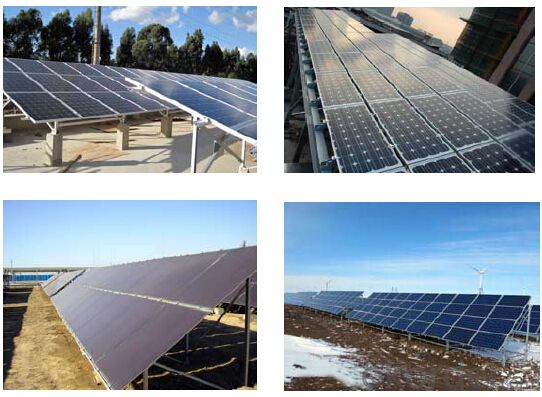
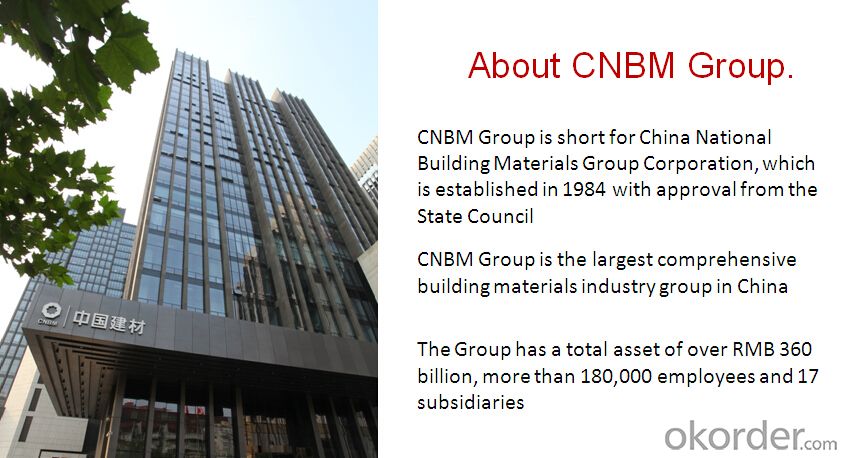

- Q:How do you choose the right size of solar inverter for a solar power system?
- To choose the right size of solar inverter for a solar power system, you need to consider two main factors: the total power output of your solar panels and the maximum power consumption of your household or facility. First, calculate the total wattage of your solar panels by summing up the individual panel ratings. Then, assess your power consumption by considering the peak load requirements or the average daily consumption. Match the inverter's capacity to the higher value among these two factors to ensure efficient energy conversion. It is also recommended to consult with a professional solar installer to ensure the correct sizing of the inverter based on your specific needs.
- Q:Can a solar inverter be used with dual-axis solar trackers?
- Yes, a solar inverter can be used with dual-axis solar trackers. The dual-axis solar trackers continuously adjust the position of the solar panels to optimize sun exposure throughout the day. The solar inverter is responsible for converting the DC power generated by the solar panels into AC power for use in residential or commercial applications. Therefore, the solar inverter can be easily integrated with dual-axis solar trackers to ensure efficient power generation and utilization.
- Q:Can a solar inverter be used with different types of monitoring systems?
- Yes, a solar inverter can be used with different types of monitoring systems. Most modern solar inverters are designed to be compatible with various monitoring systems, allowing users to choose the system that best suits their needs and preferences. This flexibility enables the integration of different monitoring technologies, such as Wi-Fi, Ethernet, or cellular connectivity, making it easier to monitor and manage solar energy production.
- Q:Can a solar inverter be used in three-phase systems?
- Yes, a solar inverter can be used in three-phase systems. Three-phase systems are commonly used in industrial and commercial applications, and solar inverters are available in both single-phase and three-phase configurations to accommodate these systems. The three-phase solar inverter converts the direct current (DC) generated by the solar panels into alternating current (AC) that is compatible with the three-phase power grid.
- Q:What is the role of a solar inverter in power quality management?
- The role of a solar inverter in power quality management is to convert the direct current (DC) generated by solar panels into alternating current (AC) that can be used to power electrical devices. Additionally, solar inverters play a crucial role in managing and maintaining the quality of power supplied to the grid, ensuring it meets the required voltage and frequency standards. They help in mitigating issues like voltage fluctuations, harmonics, and power factor imbalances, thereby improving the overall power quality and stability of the electrical system.
- Q:Can a solar inverter be used with different AC voltage systems?
- Yes, a solar inverter can be used with different AC voltage systems as long as it is compatible with the specific voltage range and frequency of the AC system.
- Q:Can a solar inverter be used in conjunction with a power factor correction device?
- Yes, a solar inverter can be used in conjunction with a power factor correction device. Power factor correction devices are designed to improve the power factor of electrical systems by reducing reactive power and improving overall efficiency. Since solar inverters convert DC power from solar panels into AC power for use in electrical systems, they can benefit from the use of power factor correction devices to optimize power quality and reduce energy waste. By combining a solar inverter with a power factor correction device, both the generation and consumption of electricity can be more efficient and environmentally friendly.
- Q:What are the key features to consider when purchasing a solar inverter?
- When purchasing a solar inverter, there are several key features to consider. Firstly, the power rating of the inverter should match the capacity of your solar panels to ensure efficient energy conversion. Additionally, the efficiency of the inverter is important as it determines how effectively it converts solar energy into usable electricity. Other crucial features include the type of inverter (string or micro), warranties and certifications, monitoring capabilities, and safety features such as overload protection and anti-islanding protection.
- Q:How does a solar inverter convert DC to AC?
- A solar inverter converts direct current (DC) electricity generated by solar panels into alternating current (AC) electricity that can be used to power appliances and feed into the electrical grid. It does this by using a complex electronic circuit that first converts the DC power into high-frequency AC power. This high-frequency AC power is then transformed into the desired voltage and frequency of standard AC power using pulse-width modulation techniques. The converted AC power can then be utilized for various household or commercial electrical needs.
- Q:Can a solar inverter be used with solar-powered water purification systems?
- Yes, a solar inverter can be used with solar-powered water purification systems. A solar inverter is responsible for converting the direct current (DC) power generated by solar panels into the alternating current (AC) power required for most electrical devices. Since water purification systems often require AC power to operate, integrating a solar inverter allows the system to utilize the energy harnessed from solar panels efficiently.
1. Manufacturer Overview |
|
|---|---|
| Location | |
| Year Established | |
| Annual Output Value | |
| Main Markets | |
| Company Certifications | |
2. Manufacturer Certificates |
|
|---|---|
| a) Certification Name | |
| Range | |
| Reference | |
| Validity Period | |
3. Manufacturer Capability |
|
|---|---|
| a)Trade Capacity | |
| Nearest Port | |
| Export Percentage | |
| No.of Employees in Trade Department | |
| Language Spoken: | |
| b)Factory Information | |
| Factory Size: | |
| No. of Production Lines | |
| Contract Manufacturing | |
| Product Price Range | |
Send your message to us
DC Power Distribution Cabinet Intelligent Monitoring Unit And LCD Display
- Loading Port:
- Guangzhou
- Payment Terms:
- TT OR LC
- Min Order Qty:
- 10 unit
- Supply Capability:
- 10000 unit/month
OKorder Service Pledge
OKorder Financial Service
Similar products
New products
Hot products
Related keywords
